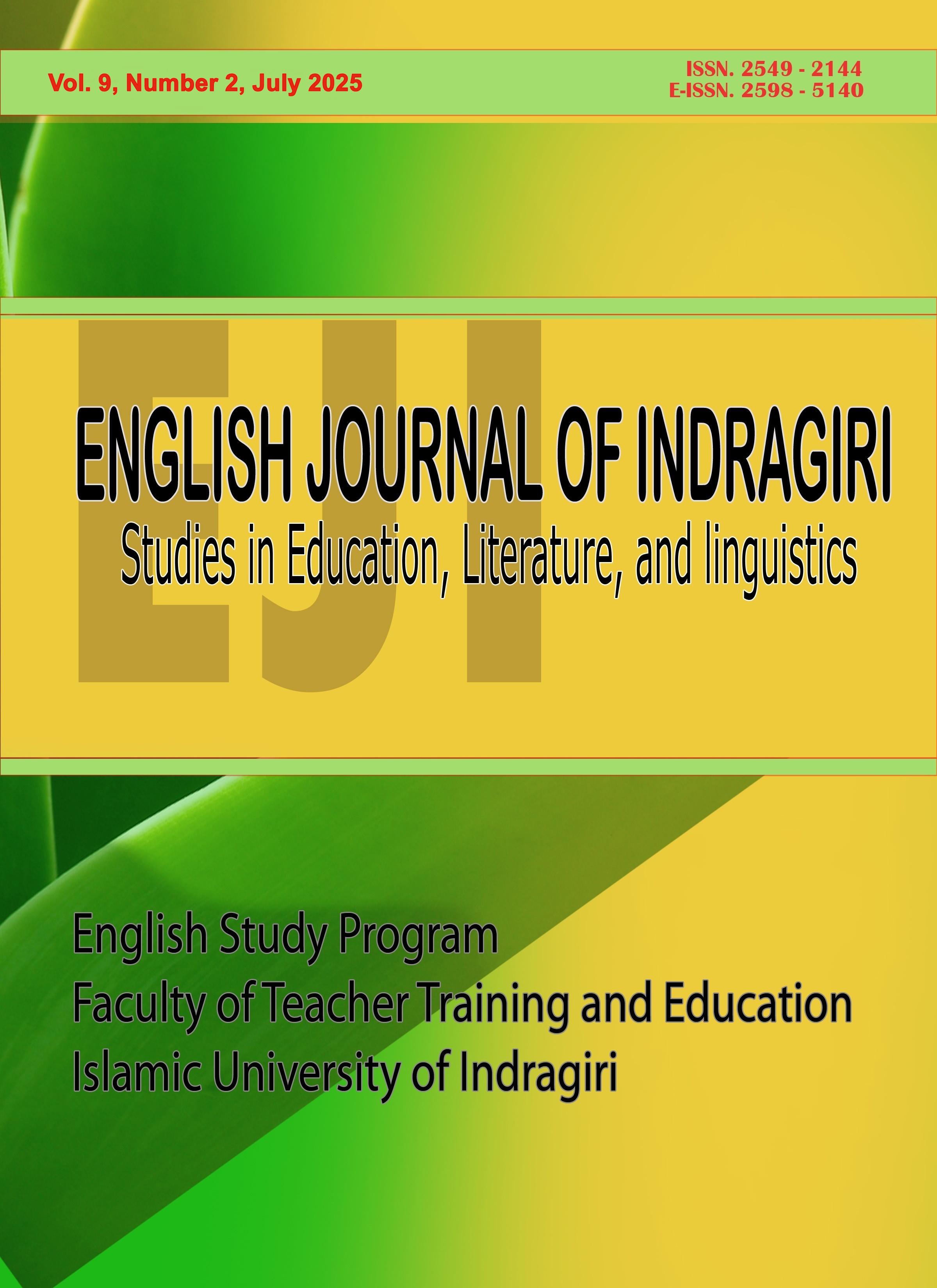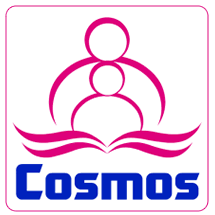The Exposition of Collective Trauma in Short Movie of Bear Story
DOI:
https://doi.org/10.61672/eji.v9i2.2918Keywords:
Bear Story, Collective Trauma, Gabriel OsorioAbstract
This research analyzes the exposition of trauma in Gabriel Osorio's 2016 short film Bear Story. The film reflects his historical experience under Augusto Pinochet's dictatorship in Chile and tells the story of an old Bear who creates a mechanical diorama depicting the loss of his family due to the dictatorship's oppression. This research uses a narrative and symbol analysis approach to investigate how collective and individual trauma is manifested through visual, narrative and symbolic elements in the film. Trauma is implied in the protagonist's emotional journey as he faces bitter memories of exile, torture and separation. Cinematic techniques such as the use of a soft color palette, melancholic music, and diorama mechanics as a metaphor for the process of memory and healing emphasize the psychological impact of trauma. The results of this study show that Bear stories are not just a form of artistic expression, but also serve as a medium of healing and historical memory for the victims and the wider community. In conclusion, Bear Story emphasizes film as a communicative tool to think trauma, memory, and resistance to oppression in related sociopolitical contexts.
References
Barraza, V., Fischer, C., & Pascual, H. I. (2022). Chilean Cinema in the Twenty- First Century World. Confluencia, 37(2), 187-189.
Blehm, A. (2024). What is trauma? A critique and definition. Journal of Theoretical and Philosophical
Psychology. https://psycnet.apa.org/doi/10.1037/teo0000274
Cypress, B. S. (2021, April). Collective trauma: An evolutionary concept analysis.
In Nursing Forum (Vol. 56, No. 2, pp. 396-403).
Fenoll, V. (2018). Animation, documentary and memory. The animated representation of the Chilean dictatorship. Cuadernos. info, 43, 45-56.
Ganai, U. J., Sachdev, S., Bhat, N. A., & Bhushan, B. (2024). Associations between posttraumatic stress symptoms and posttraumatic growth elements: A network analysis. Psychological Trauma: Theory, Research, Practice, and Policy, 16(5), 731–740. https://psycnet.apa.org/doi/10.1037/tra0001411
García-González, M. (2020). Post-representational cultural memory for children in chile: from La Composición to Bear Story. Children's Literature in Education, 51(2), 160-178.
Keyan, D., Garland, N., Choi-Christou, J., Tran, J., O'Donnell, M., & Bryant, R. A. (2024). A systematic review and meta-analysis of predictors of response to trauma-focused psychotherapy for posttraumatic stress disorder.Psychological Bulletin, 150(7), 767–797. https://psycnet.apa.org/doi/10.1037/bul0000438
Koh, E. (2021). The healing of historical collective trauma. Genocide Studies and Prevention: An International Journal, 15(1), 10.
Lerner, A. B. (2022). From the Ashes of History: Collective Trauma and the Making of International Politics. Oxford University Press.
Morrison, N. M. V., & Morrison, B. W. (2024). Evaluating the evidence for interventions directed at healing collective trauma: A systematic review.Traumatology. https://psycnet.apa.org/doi/10.1037/trm0000523
Muñoz-Chereau, B. (2018). Representations of dictatorship in contemporary Chilean children’s literature. Children's Literature in Education, 49(3), 233-245.
Osario, G., (2014), Bear Story. PunkRobot Animation. https://www.dw.com/en/worldlink-the-story-behind-Bear-story/audio- 19191672
Pazderka, H., Brown, M. R., Agyapong, V. I., Greenshaw, A. J., McDonald-Harker,
C. B., Noble, S., ... & Silverstone, P. H. (2021). Collective trauma and mental health in adolescents: a retrospective cohort study of the effects of retraumatization. Frontiers in psychiatry, 12, 682041.
Silonar, S. (2017) Bear Story 2014: A Review. https://shortfilmreviewscom.wordpress.com/2017/09/02/Bear-story-
-a-review/
Smith, M. F., Salsabila, S., Kartiningsih, R., & Pasopati, R. U. (2023). The Psychodynamic Analysis of Trauma Suffered by Archer Hale in Mia Sheridan’s Archer’s Voice. TANDA: Jurnal Kajian Budaya, Bahasa dan Sastra (e-ISSN: 2797-0477), 3(02), 1-12.
Starrs, C. J., & Békés, V. (2024). Historical intergenerational trauma transmission model: A comprehensive framework of family and offspring processes of transgenerational
trauma. Traumatology. https://psycnet.apa.org/doi/10.1037/trm0000505 Susanto, V. N. A., Anasai, A. A., & Pasopati, R. U. (2023). Homo Sacer as
Illustrated on Kya on the Film Where The Crawdads Sing. Jurnal Sosial Humaniora dan Pendidikan, 2(1), 21-28.
Yuliastuti, A., & Pasopati, R. U. (2022, February). The Future Hope as Reflected on WEB Du Bois’ The Comet and COVID-19 Pandemic Conditions. In Proceeding International Conference on Religion, Science and Education (Vol. 1, pp. 719-726).
Yuliastuti, A., Pujimahanani, C., & Pasopati, R. U. (2021). The understandings of suffering from alienation as reflected in Franz Kafka’s Before the Law. In Proceeding of International Seminar Enrichment of Career by Knowledge of Language and Literature (Vol. 9, No. 01, pp. 132-143).
Downloads
Published
Issue
Section
License
Copyright (c) 2025 Kusuma Wijaya, Liora Samantha Valent Santoso, Yasmine Azzah Adillah Wirnoto, Rommel Utungga Pasopati, Rindrah Kartiningsih

This work is licensed under a Creative Commons Attribution 4.0 International License.




















